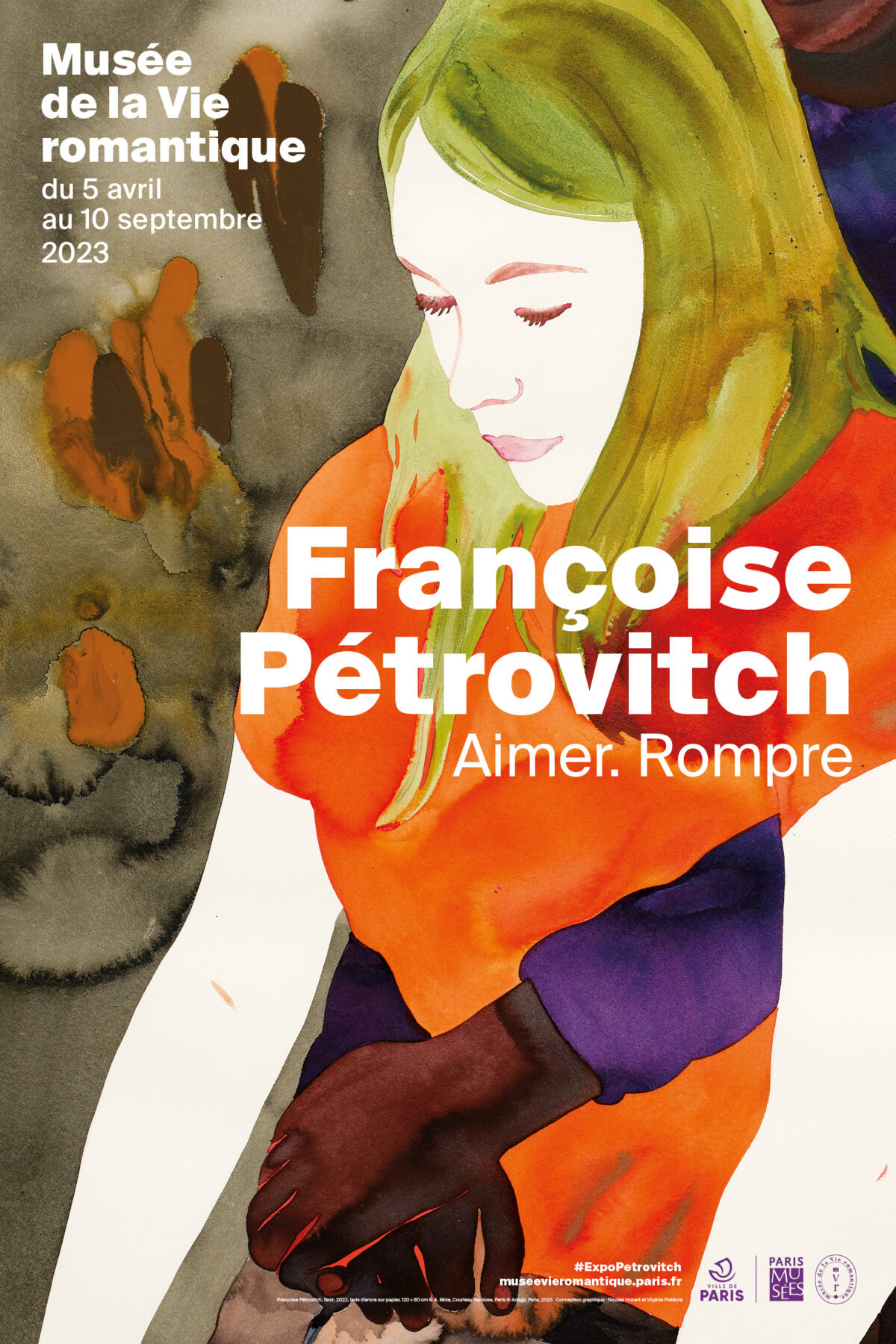To love. Break
Artist news

From 05 April to 10 September2023
Gaëlle Rio
Museum of Romantic Life
16, rue Chaptal — 75009 Paris
+33 (0)1 55 31 95 67
Sorry, we couldn't find any posts. Please try a different search.
Press release
From April 5, 2023, the Museum of Romantic Life invites Françoise Pétrovitch to invest all its spaces with some forty powerful and unpublished works – paintings, drawings, sculptures – created especially by the artist for the museum. Addressing the themes of landscape and the feeling of love, the exhibition “Françoise Pétrovitch. To love. Rompre” is part of the ambition to open the museum’s programming beyond the nineteenth century, exploring the extensions of romanticism in contemporary art.
For many years, Françoise Pétrovitch has been developing a body of work whose poetry and disturbing strangeness resonate with subjects dear to the romantic movement. Visitors are invited to discover this singular look of the artist through a sensitive stroll, to meet his new creations.
After an introduction in the salon workshop presenting the artist and his original work for the Museum of Romantic Life, the exhibition is divided into several stages.
– The lower room of the large workshop immerses the public in a panorama of about fifteen ink washes on paper. Echoing the new look of the Romantics on nature in the nineteenth century, Françoise Pétrovitch draws imaginary landscapes composed of islands and forests, in the middle of which human figures, with a silent and enigmatic presence, make their appearance.
– The upper room of the large studio presents paintings of very large formats. Sometimes conceived as a diptych, they feature contemporary characters, often teenagers, and question the link between two beings.
The exhibition continues in the house where paintings, drawings and art objects are scattered among the works of the nineteenth century. The museum’s romantic figures, such as George Sand and Pauline Viardot, thus became contemporary heroines under the brush of Françoise Pétrovitch.
Finally, erected in the center of the garden, the sculpture The Ogress challenges the public by playing traditional codes of the representation of power and announcing the triumph of the feminine.
